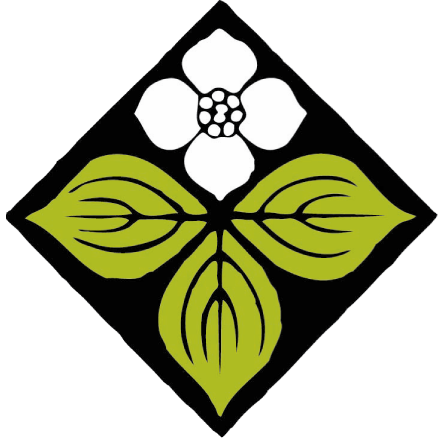Nasturtium Watercolor Collage
Starting seeds indoors is a beloved spring pastime in Alaska. In honor of this exciting time when home gardeners get ready for summer planting, you can create a nasturtium watercolor collage to celebrate the season. Using watercolor paper and paints, you can create painted papers with textures and colors that can then be cut out to create a collage of the plant leaves, stems, dirt, and container.
Nasturtiums are a great choice of flowering plants to grow in Alaskan summers. They work well in containers or hanging baskets and are relatively easy to grow. The flowers and leaves are edible and have a slightly peppery flavor that can be used in salads or pesto. They add a lovely pop of color as a decoration sprinkled on top of a dish. They come in a variety of colors and have an interesting leaf shape and pattern.
1. Gather an assortment of watercolor paper sizes. You’ll want one or two small pieces for the green leaves and stems, one for dirt, one larger piece of paper for the pot or container, and a large piece of paper for the background.
2. Paint the whole paper the color you want to use for your leaves, another one for the dirt, and a third one for the pot. Do not worry about creating the shapes of the plants or pot as you can cut out the shapes later with your scissors.
3. Create patterns and textures on the papers with paint. For example, add spots or lines for the leaves or textures for dirt etc. Use the wet into wet painting method if you like. This means using a brush just water first to paint the paper with water. Then add paint to the paper while the paper is still wet. Since both the paint and the paper are wet, the paint and colors will flow or bleed into each other and move around the paper as you paint creating beautiful color designs.
4. Use more than one color of green, and a variety of browns to create your painted papers. You can mix your own black for the container by mixing dark blue, dark red, and dark green (Alizarin Crimson, Ultramarine Blue, and Sap Green work best).
5. Nasturtium often have a light yellowy green stem and yellow green leaf. Some leaves have light green or creamy colored spots and lines on them. To add interest to your dirt you could add a few lines or spots to create textures.
6. Let your papers dry while you gather some scissors and a glue stick or liquid glue.
7. Use scissors to cut out leaf shapes, stems, rectangles of dirt, and a shape for the container. You can use curved or angular shapes to make your container. If you need to, you can draw the shapes first with a pencil on your painted paper before cutting them out with scissors. Use glue to attach them to your larger background paper.
*This activity is based on seed starts which is why no flowers are shown here. If you would like, you could paint the flowers using reds, yellows, oranges, and salmon colors!

